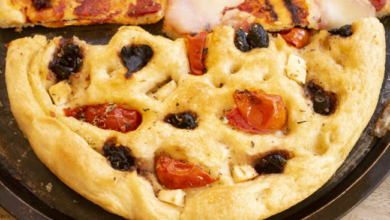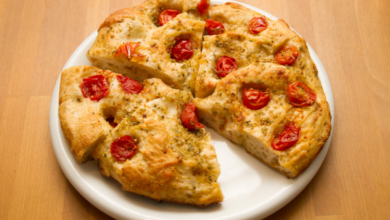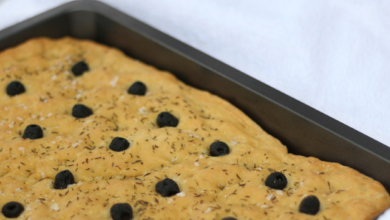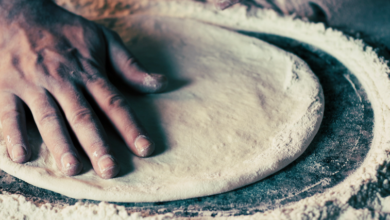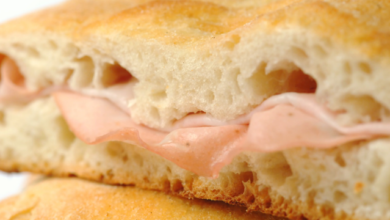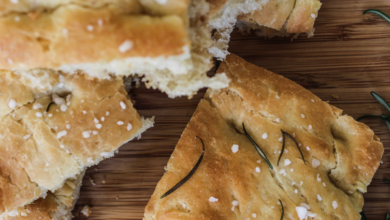Does Focaccia Have Yeast? Let’s Find Out!
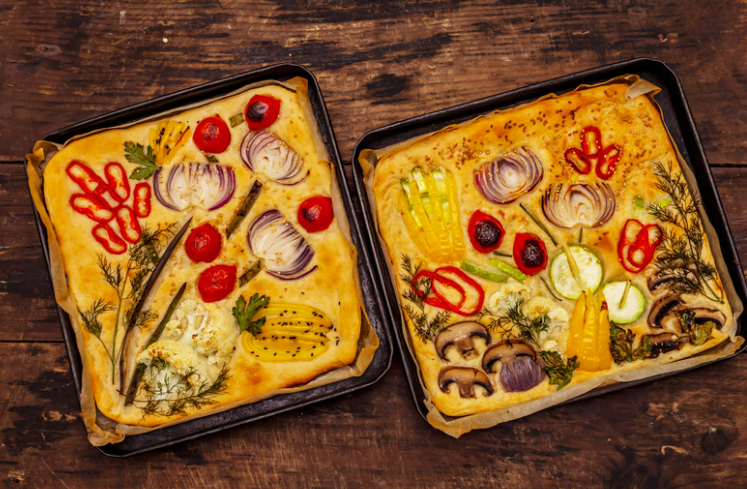
What To Know
- The dough is placed in a warm, oiled bowl and allowed to rise until it doubles in size.
- The dimpled dough is placed on a greased baking sheet and allowed to rise again until it almost doubles in size.
- Baking powder can be used as a substitute for yeast, resulting in a quick and easy focaccia with a less airy crumb.
In the culinary realm, focaccia stands as a delectable bread, its tantalizing aroma and irresistible texture captivating taste buds worldwide. But beneath its golden-brown crust lies a question that has sparked debates among bakers and bread enthusiasts alike: does focaccia have yeast?
A Historical Perspective
Focaccia, an ancient bread originating from Italy, has a rich history that spans centuries. Its earliest iterations were likely unleavened, relying on natural fermentation processes to rise. However, as baking techniques evolved, yeast became a common addition to focaccia, contributing to its signature airy crumb and soft texture.
The Role of Yeast in Focaccia
Yeast, a microscopic fungus, plays a crucial role in the leavening of focaccia. When combined with water and flour, yeast converts the natural sugars present in the dough into carbon dioxide gas. This gas forms bubbles within the dough, causing it to expand and rise, resulting in the characteristic airy texture of focaccia.
Types of Yeast Used in Focaccia
Various types of yeast can be employed in focaccia preparation, each imparting unique characteristics to the bread.
- Active Dry Yeast: A popular choice for home bakers, active dry yeast requires rehydration in warm water before use. It provides a reliable and consistent rise.
- Instant Yeast: A more convenient option, instant yeast can be added directly to the dough without rehydration. It offers a faster rise compared to active dry yeast.
- Fresh Yeast: Also known as cake yeast, fresh yeast is perishable and must be refrigerated. It provides a robust flavor and excellent rising power.
The Process of Making Focaccia with Yeast
The process of making focaccia with yeast involves several key steps:
1. Proofing the Yeast: Yeast is activated by dissolving it in warm water with a small amount of sugar. This creates a bubbly mixture called a sponge.
2. Mixing the Dough: The sponge is added to the remaining flour and salt to form a dough. The dough is then kneaded until it becomes smooth and elastic.
3. First Rise: The dough is placed in a warm, oiled bowl and allowed to rise until it doubles in size.
4. Stretching and Shaping: The risen dough is stretched and shaped into a rectangular or round form.
5. Dimpled Surface: Using your fingers, create dimples on the surface of the dough to allow for expansion during baking.
6. Second Rise: The dimpled dough is placed on a greased baking sheet and allowed to rise again until it almost doubles in size.
7. Baking: The focaccia is baked in a preheated oven until it is golden brown and crusty.
Variations on the Basic Focaccia Recipe
While the basic focaccia recipe involves the use of yeast, there are numerous variations that explore different leavening agents.
- Sourdough Focaccia: This variation utilizes a sourdough starter, which introduces a tangy flavor profile and a slightly denser texture.
- Baking Powder Focaccia: Baking powder can be used as a substitute for yeast, resulting in a quick and easy focaccia with a less airy crumb.
- No-Knead Focaccia: This simplified approach eliminates the kneading step, utilizing a long, slow rise to develop the dough’s flavor and texture.
Conclusion: The Versatile Leavened Bread
Focaccia, with its rich history and diverse variations, has become a culinary staple enjoyed globally. Whether crafted with yeast, sourdough, or baking powder, this versatile bread offers a delectable experience that caters to various tastes and preferences.
Frequently Asked Questions
1. Can I make focaccia without yeast?
Yes, you can make focaccia without yeast by using baking powder or a sourdough starter as a leavening agent.
2. What is the difference between focaccia and pizza dough?
Focaccia dough is typically thicker and denser than pizza dough, with a higher hydration level and a more prominent dimpled surface.
3. How do I store focaccia?
Focaccia can be stored at room temperature for up to 3 days. For longer storage, wrap it tightly and freeze it for up to 2 months.
4. Can I reheat focaccia?
Yes, you can reheat focaccia in the oven or microwave. To reheat in the oven, wrap the focaccia in foil and bake at 350°F (175°C) for 10-15 minutes, or until warmed through.
5. What toppings can I put on focaccia?
Focaccia can be topped with a wide variety of ingredients, including herbs, vegetables, cheese, and meats.
